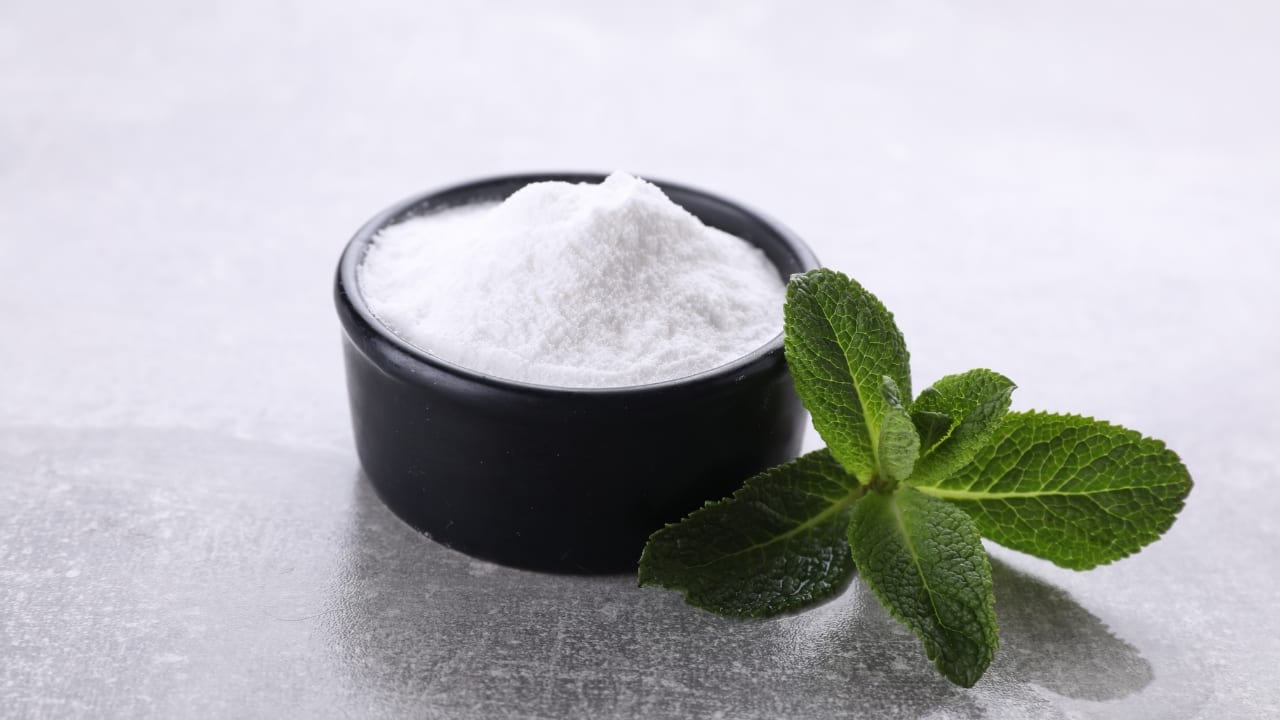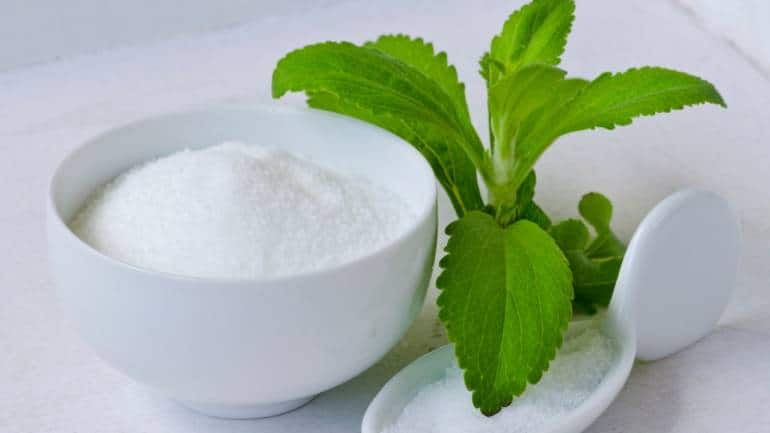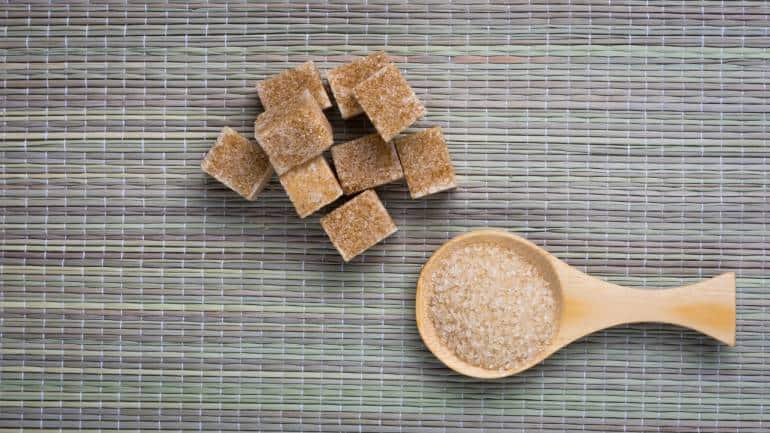Fructose intolerance: Manage the condition with these 7 healthy alternatives
Managing fructose intolerance: If you are living with this condition, you know the importance of reducing or eliminating fructose from your daily diet. You can, however, consider these alternatives to prevent symptoms and avoid complications.
1/8

Fructose intolerance is a condition where the body has difficulty digesting and absorbing fructose, a type of sugar found in fruits, honey, and certain sweeteners. This can lead to digestive symptoms such as bloating, gas, diarrhoea, and abdominal pain. There are two types: hereditary fructose intolerance, a rare genetic disorder affecting the liver's ability to metabolise fructose, and dietary fructose intolerance, which involves difficulty absorbing fructose in the intestines. Managing the condition typically involves reducing or eliminating fructose from the diet to alleviate symptoms and prevent complications. Noida-based dietitian Rishika Saxena suggests these 7 healthy alternatives you can consider in your daily diet (Image: Canva)
2/8

Glucose: Glucose is a simple sugar that is directly used by the body for energy. It is a monosaccharide, unlike fructose, which is another monosaccharide but can be problematic for those with fructose intolerance.
Why it works: Because glucose is absorbed directly into the bloodstream and doesn’t require conversion in the liver, it tends to be well-tolerated by individuals with fructose intolerance. It’s commonly found in various foods, such as fruits, vegetables, and processed products as glucose syrup (Image: Canva)
Why it works: Because glucose is absorbed directly into the bloodstream and doesn’t require conversion in the liver, it tends to be well-tolerated by individuals with fructose intolerance. It’s commonly found in various foods, such as fruits, vegetables, and processed products as glucose syrup (Image: Canva)
3/8

Stevia: Stevia is a natural sweetener derived from the leaves of the Stevia rebaudiana plant. It has been used as a sweetener for centuries in some cultures.
Why it works: Stevia is not metabolised by the body in the same way as fructose. It doesn’t contain fructose, making it a safe choice for those with fructose intolerance. It also has a negligible effect on blood glucose levels, which can be beneficial for managing sugar intake (Image: Canva)
Why it works: Stevia is not metabolised by the body in the same way as fructose. It doesn’t contain fructose, making it a safe choice for those with fructose intolerance. It also has a negligible effect on blood glucose levels, which can be beneficial for managing sugar intake (Image: Canva)
4/8

Monk fruit sweetener: Monk fruit sweetener is derived from the monk fruit, also known as luo han guo. The sweet compounds in monk fruit are called mogrosides.
Why it works: Monk fruit sweetener contains no fructose or glucose, making it a suitable alternative. It is also very low in calories and has a low glycemic index, which means it doesn’t impact blood sugar levels significantly (Image: Canva)
Why it works: Monk fruit sweetener contains no fructose or glucose, making it a suitable alternative. It is also very low in calories and has a low glycemic index, which means it doesn’t impact blood sugar levels significantly (Image: Canva)
5/8

Maple syrup: Maple syrup is a natural sweetener made from the sap of sugar maple trees. It contains a mix of sugars, including sucrose, glucose, and fructose.
Why it works: While maple syrup does contain some fructose, it has a lower concentration compared to high-fructose corn syrup. Some individuals with fructose intolerance might tolerate small amounts of maple syrup better than other sweeteners high in fructose (Image: Canva)
Why it works: While maple syrup does contain some fructose, it has a lower concentration compared to high-fructose corn syrup. Some individuals with fructose intolerance might tolerate small amounts of maple syrup better than other sweeteners high in fructose (Image: Canva)
6/8

Rice syrup: Rice syrup, also known as brown rice syrup, is made from fermented brown rice. It primarily contains glucose and maltose.
Why it works: Since rice syrup is predominantly composed of glucose and maltose, it has a lower fructose content and is generally better tolerated by those with fructose intolerance. It’s a good option for sweetening recipes without adding fructose (Image: Canva)
Why it works: Since rice syrup is predominantly composed of glucose and maltose, it has a lower fructose content and is generally better tolerated by those with fructose intolerance. It’s a good option for sweetening recipes without adding fructose (Image: Canva)
7/8

Xylitol: Xylitol is a sugar alcohol found naturally in fruits and vegetables. It’s commonly used as a sugar substitute in various products, including sugar-free gum and candies.
Why it works: Xylitol contains less fructose and is absorbed differently by the body. It doesn’t cause a spike in blood sugar levels and is generally well-tolerated by individuals with fructose intolerance. However, it can cause gastrointestinal discomfort in some people, so it’s important to use it in moderation (Image: Canva)
Why it works: Xylitol contains less fructose and is absorbed differently by the body. It doesn’t cause a spike in blood sugar levels and is generally well-tolerated by individuals with fructose intolerance. However, it can cause gastrointestinal discomfort in some people, so it’s important to use it in moderation (Image: Canva)
8/8

Sucrose: Sucrose, commonly known as table sugar, is a disaccharide composed of glucose and fructose. It is widely used as a sweetener in foods and beverages.
Why it works: Sucrose is broken down into equal parts glucose and fructose during digestion. For some people with fructose intolerance, managing the total intake of sucrose may be possible if they can tolerate the glucose component. However, individual tolerance levels can vary, so it’s important to monitor symptoms and adjust intake accordingly (Image: Canva)
Why it works: Sucrose is broken down into equal parts glucose and fructose during digestion. For some people with fructose intolerance, managing the total intake of sucrose may be possible if they can tolerate the glucose component. However, individual tolerance levels can vary, so it’s important to monitor symptoms and adjust intake accordingly (Image: Canva)
Discover the latest Business News, Budget 2025 News, Sensex, and Nifty updates. Obtain Personal Finance insights, tax queries, and expert opinions on Moneycontrol or download the Moneycontrol App to stay updated!






